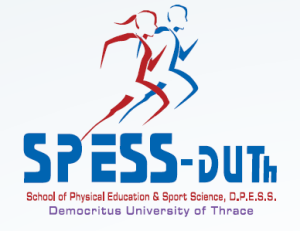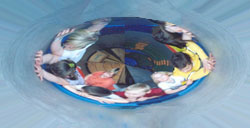Coordination Disorder in Children with Dyslexia
One of the most common characteristic of children with dyslexia is poor motor coordination. The aim of the current study was to investigate the above hypothesis through the assessment of motor coordination of children with dyslexia. Participants were 122 children, (68 boys and 54 girls) aged 108 to 143 months (M= 120.3, SD=10.8). Sixty one children with dyslexia (34 boys and 27 girls) formed the experimental group, whereas sixty one children without dyslexia of the same age and gender comprised the control group. The Movement Assessment Battery for Children (MABC, Henderson & Sugden, 1992) was used for motor assessment. It has been designed to identify movement difficulties through the assessment of three motor domains: manual dexterity, ball skills, static and dynamic balance. The statistical analysis revealed that the motor proficiency of the experimental group was higher in comparison to the one of the control group. In addition to that, participants of the experimental group exhibited definite or probable Developmental Coordination Disorder (DCD) whereas all participants of the control group were classified as typically-developed children. Further statistical analysis revealed significant differences between the two groups regarding all motor domains, all in favour of the control group. Within its limitations, the current study seems to be in agreement with the international bibliography, which states that children with cognitive learning disabilities, such as dyslexia, very often appear to face severe motor coordination difficulties, such as DCD. Conclusively, the results of the current study stress the importance of early and detailed motor assessment, which will lead to the application of proper intervention programs regarding all development domains of children with dyslexia.
Coordination Disorder in Children with Dyslexia Read More »






